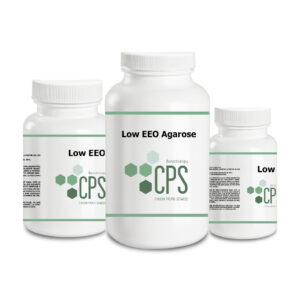Agaroses

Agarose is a polysaccharide formed by the union of β-D-galactopyranose and 3,6-anhydro-α-L-galactopyranose, which together with agaropectin form agar. This unit forms long chains and can contain charged groups, such as sulfate and pyruvate, and uncharged groups, all of which are responsible for many of the properties of agarose.
The structure of the gel that forms the agarose is a repetitive reticular structure stabilized by the formation of hydrogen bonds between the different agarose chains, which give it high strength, even at low concentrations. These gels offer us an inert and non-toxic matrix that makes them essential in a large number of cell biology, biochemistry and molecular biology techniques. These properties, such as gel strength, thermo-reversibility, electroendosmosis (EEO), fission point, gelation point can be adjusted to meet the specific needs of our customers through proper treatment of the agar used as raw material.
The most common use of agarose is for the formation of gels that allow routine and rapid separation of DNA/RNA fragments by agarose gel electrophoresis. It is also used in other techniques such as plasmid preparation or detection, cloning and transfer. In addition, it can be used to fix molecules to its structure, such as antibodies or antigens, and in other less widespread uses, such as, for example, in the repair of damaged tissues and, more recently, in aesthetic medicine. CPS BIOTECH has the highest quality agaroses to offer its customers.
Showing all 5 results





